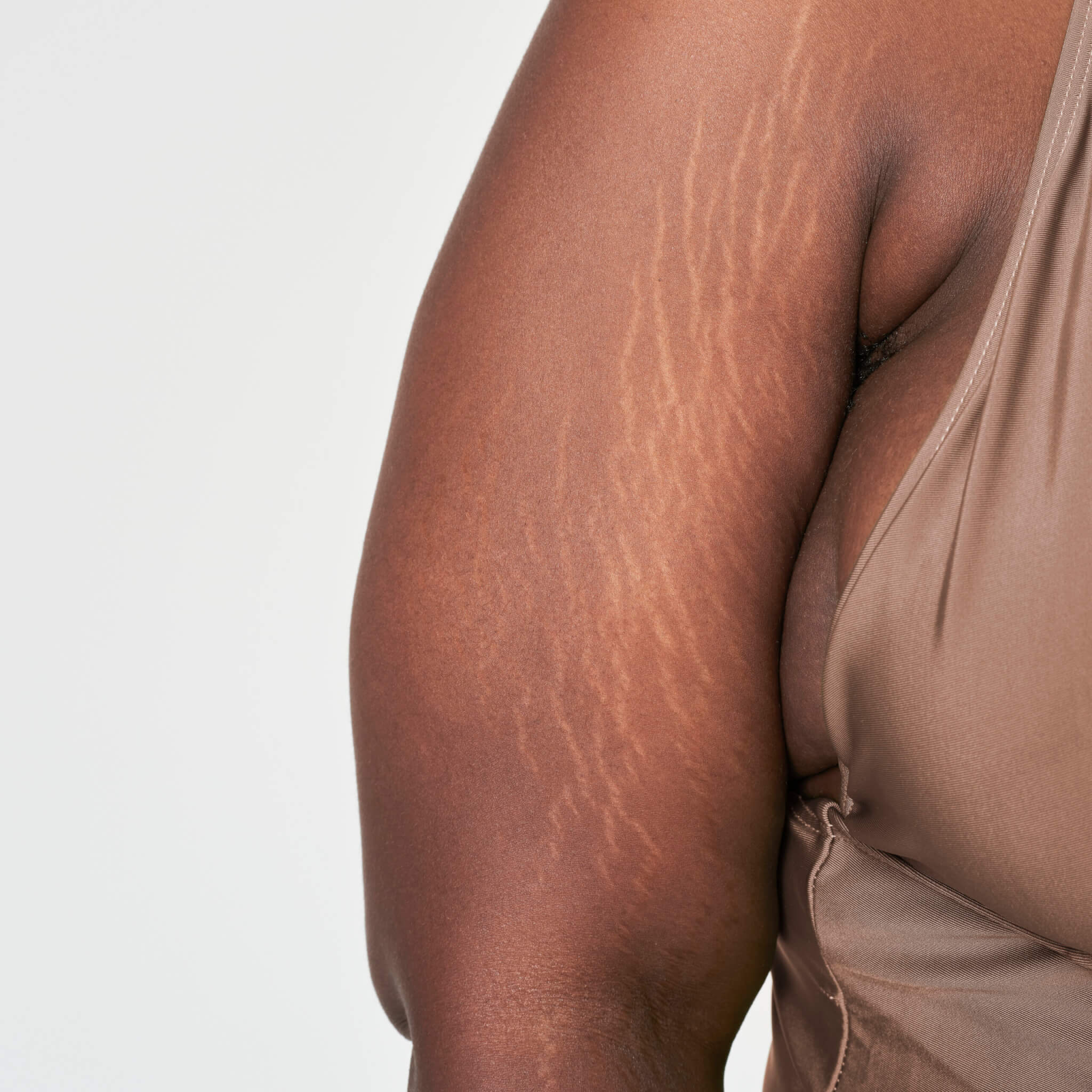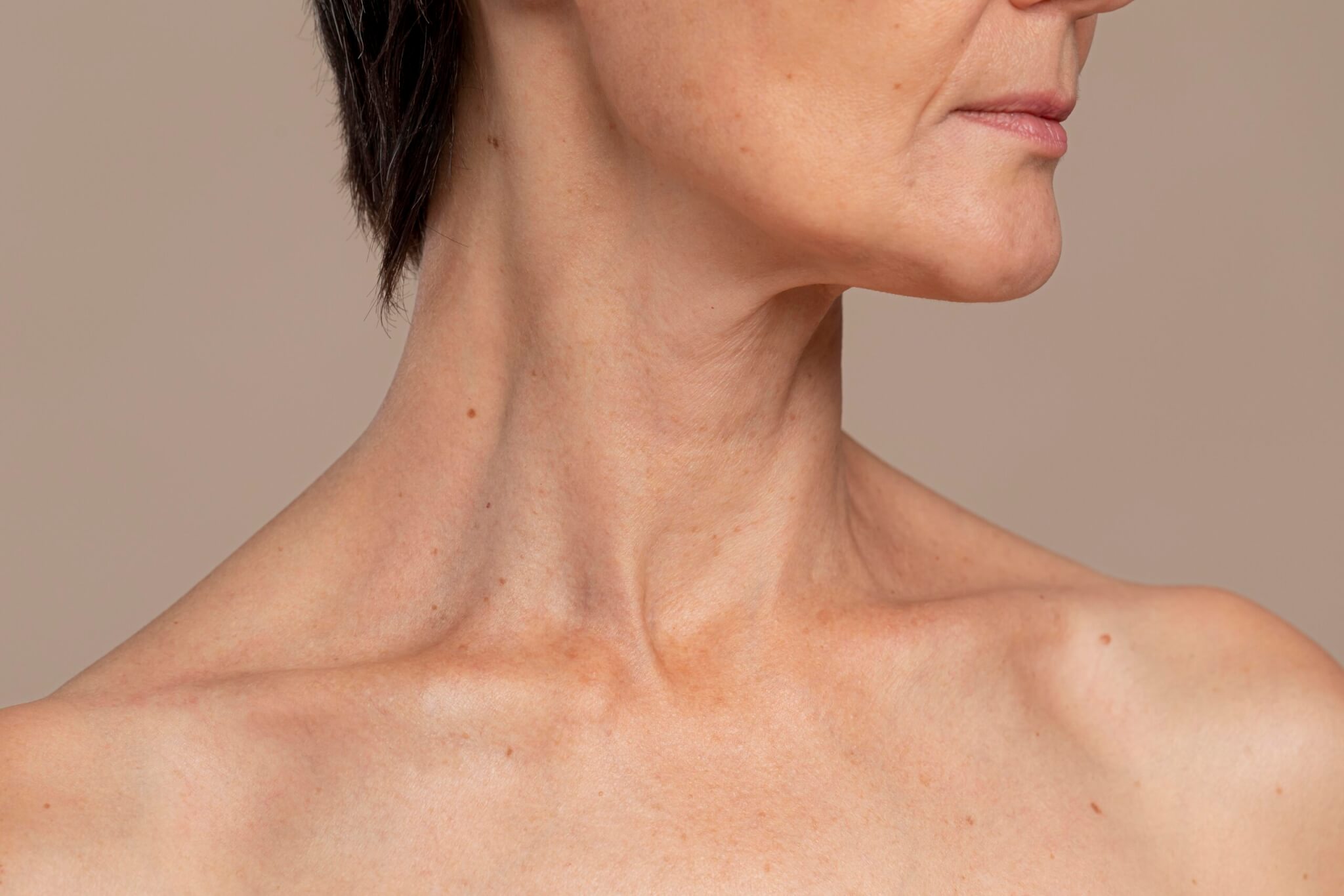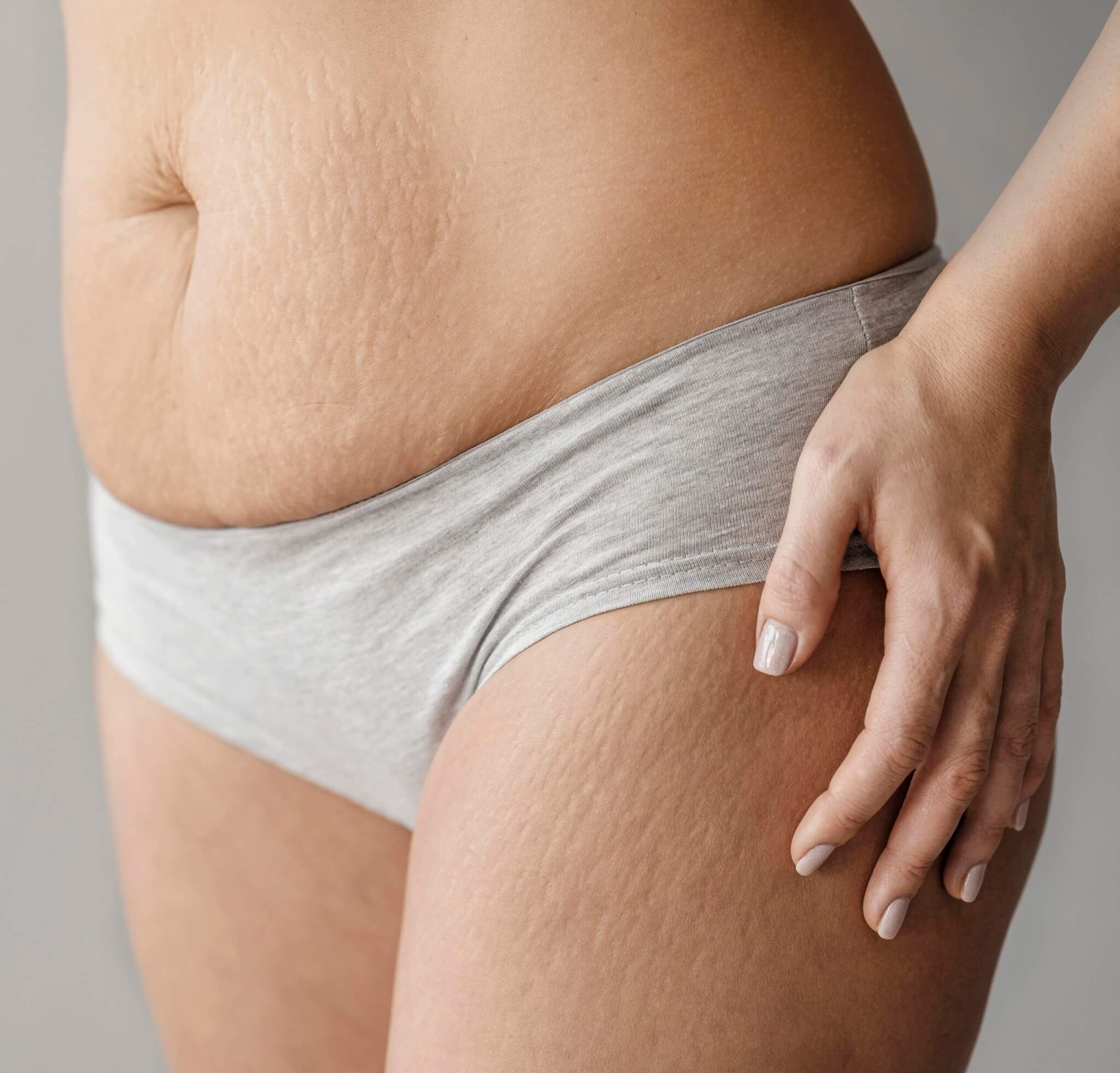Dermal Fillers vs. Botox are two of the most popular non-surgical cosmetic treatments options available today. Both treatments have gained widespread popularity due to their ability to address signs of aging without the need for invasive procedures. However, despite their similar goals, dermal fillers and Botox work in distinct ways and target different concerns.
Whether you are considering these treatments for the first time or seeking more information to make an informed choice, this article will guide you through the key differences, benefits, and considerations of dermal fillers and Botox.
What Are Dermal Fillers?
Dermal fillers are injectable substances designed to restore volume, smooth out wrinkles, and enhance facial contours. These fillers typically contain ingredients such as hyaluronic acid (HA), calcium hydroxylapatite, or poly-L-lactic acid, which help plump the skin and provide a more youthful appearance.
How Dermal Fillers Work
Dermal fillers work by physically filling in areas of the face that have lost volume due to aging or other factors. Hyaluronic acid, the most common ingredient in fillers, is a substance naturally found in the body that binds to water, adding hydration and volume to the skin. By injecting dermal fillers into specific areas, practitioners can:
- Smooth out nasolabial folds (lines from the nose to the corners of the mouth).
- Plump lips and define their shape.
- Add volume to sunken cheeks.
- Contour the jawline and chin.
- Address under-eye hollows.
Popular Types of Dermal Fillers
- Hyaluronic Acid Fillers: Brands like Juvederm and Restylane use hyaluronic acid to hydrate and add volume.
- Calcium Hydroxylapatite Fillers: Radiesse is an example of this type of filler, known for stimulating collagen production.
- Poly-L-lactic Acid Fillers: Sculptra is a filler that gradually restores volume by encouraging collagen growth over time.
What Is Botox?
Botox is the brand name for botulinum toxin type A, a purified protein derived from the bacterium Clostridium botulinum. Botox is an injectable neurotoxin that temporarily relaxes the muscles responsible for forming dynamic wrinkles.
How Botox Works
Unlike dermal fillers, Botox works by blocking the nerve signals that cause muscles to contract. When the treated muscles relax, the overlying skin smooths out, reducing the appearance of fine lines and wrinkles. Botox is primarily used to address:
- Forehead lines.
- Crow’s feet (lines around the eyes).
- Frown lines (between the eyebrows, also known as “11” lines).
Popular Botox Alternatives
In addition to Botox, there are other botulinum toxin-based treatments available, such as Dysport, Xeomin, and Jeuveau. Each has slight variations in formula and diffusion, but they all serve the same primary purpose.
Key Differences Between Dermal Fillers and Botox
Understanding the key differences between Dermal Fillers vs. Botox is essential to determine which option is right for you:
| Feature | Dermal Fillers | Botox |
| Primary Purpose | Adds volume, contours, and fills. | Smooths dynamic wrinkles by relaxing muscles. |
| Treatment Areas | Cheeks, lips, jawline, under eyes. | Forehead, crow’s feet, frown lines. |
| Duration of Results | 6 months to 2 years, depending on the type. | 3 to 6 months. |
| Onset of Results | Immediate. | 3 to 7 days after injection. |
| Key Ingredient | Hyaluronic acid, calcium hydroxylapatite, poly-L-lactic acid. | Botulinum toxin type A. |
| Procedure Time | 30 minutes to 1 hour. | 10 to 20 minutes. |
Choosing Between Dermal Fillers and Botox
When deciding between dermal fillers and Botox, it is important to consider your aesthetic goals and the specific concerns you wish to address.
When to Choose Dermal Fillers
Opt for dermal fillers if:
- You want to add volume to areas such as the cheeks, lips, or under-eye hollows.
- You wish to contour or reshape areas of your face, such as the jawline or chin.
- You prefer immediate, visible results.
- You are addressing static wrinkles caused by volume loss and not muscle movement.
When to Choose Botox
Consider Botox if:
- You want to reduce the appearance of dynamic wrinkles caused by facial expressions.
- You are targeting forehead lines, crow’s feet, or frown lines.
- You prefer a more preventative approach to wrinkle formation.
Combining Dermal Fillers and Botox
For many people, the best results come from combining both treatments. Since dermal fillers and Botox address different concerns, they can complement each other. For instance, Botox can smooth out dynamic wrinkles on the upper face, while dermal fillers can restore lost volume and contour the mid and lower face.
The Procedure: What to Expect
Both dermal fillers and Botox are minimally invasive procedures performed in-office. Here’s what you can expect from each:
Dermal Fillers Procedure
- Consultation: The practitioner will assess your facial structure and discuss your goals.
- Preparation: The treatment area will be cleaned, and a topical numbing cream may be applied.
- Injection: The filler is injected using a fine needle or cannula.
- Post-Treatment: Minor swelling or bruising may occur but typically subsides within a few days.
Botox Procedure
- Consultation: The provider will identify areas of concern and recommend a dosage.
- Preparation: The injection sites are cleansed.
- Injection: Botox is injected with a small needle into the targeted muscles.
- Post-Treatment: Patients are advised to avoid lying down or massaging the treated area for a few hours.
Side Effects and Risks
Both dermal fillers and Botox are generally safe when administered by a qualified and experienced provider. However, as with any medical procedure, there are potential side effects.
Common Side Effects of Dermal Fillers
- Swelling, redness, or bruising at the injection site.
- Lumps or bumps, which usually resolve with gentle massage.
- Rare complications, such as vascular occlusion, which requires immediate attention.
Common Side Effects of Botox
- Mild pain or bruising at the injection site.
- Temporary muscle weakness or drooping (e.g., drooping eyelid).
- Headaches or flu-like symptoms in rare cases.
Longevity and Maintenance
The longevity of results differs between Dermal Fillers vs. Botox.
- Dermal Fillers: Depending on the type of filler and the treatment area, results can last from 6 months to 2 years.
- Botox: Results typically last 3 to 6 months, after which follow-up treatments are necessary to maintain the effect.
Regular maintenance appointments can help you achieve long-lasting, consistent results.
Cost Considerations
The cost of dermal fillers and Botox varies depending on the provider, location, and the number of units or syringes required.
- Dermal Fillers: Prices range from $500 to $2,000 per syringe, depending on the type of filler.
- Botox: Typically priced per unit, with an average cost of $10 to $20 per unit. Most treatments require 20 to 60 units.
Choosing a Provider
Selecting a qualified and experienced practitioner is crucial for achieving natural-looking results. Be sure to:
- Verify the provider’s credentials.
- Ask to see before-and-after photos of previous clients.
- Read reviews and testimonials.
- Discuss any concerns or questions during your consultation.
Final Thoughts
When comparing Dermal Fillers vs. Botox, it is essential to understand their unique purposes and benefits. Dermal fillers are ideal for adding volume and enhancing facial contours, while Botox excels at smoothing dynamic wrinkles caused by muscle movement. Many patients find that a combination of the two treatments yields the best results, addressing multiple signs of aging for a more youthful and refreshed appearance.
Before deciding on a treatment, consult with a qualified aesthetic professional to create a personalized plan that aligns with your goals. By understanding the differences and potential benefits of Dermal Fillers vs. Botox, you can make an informed choice and achieve your desired aesthetic outcome.






